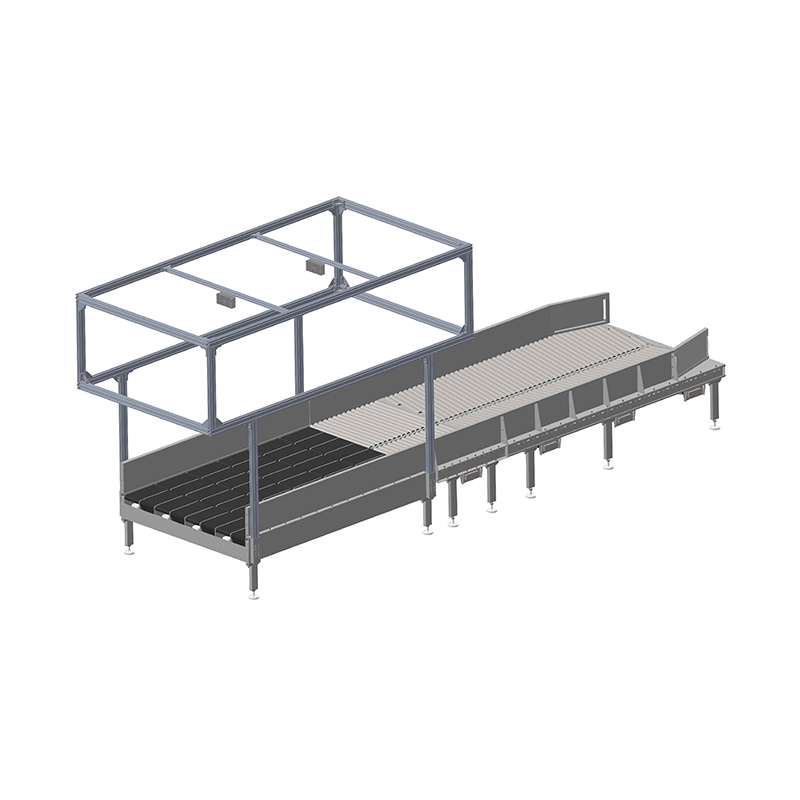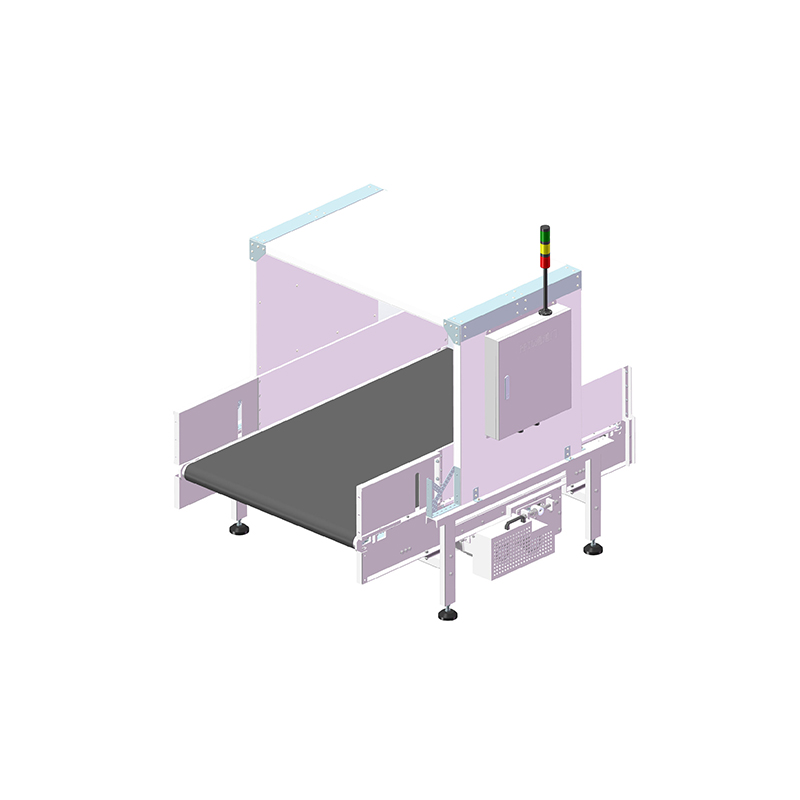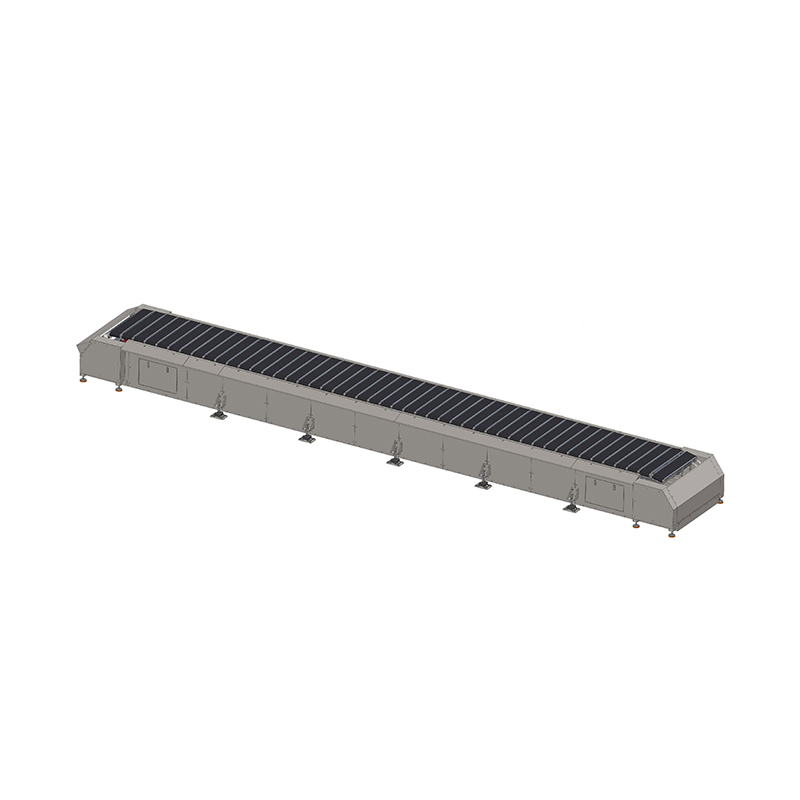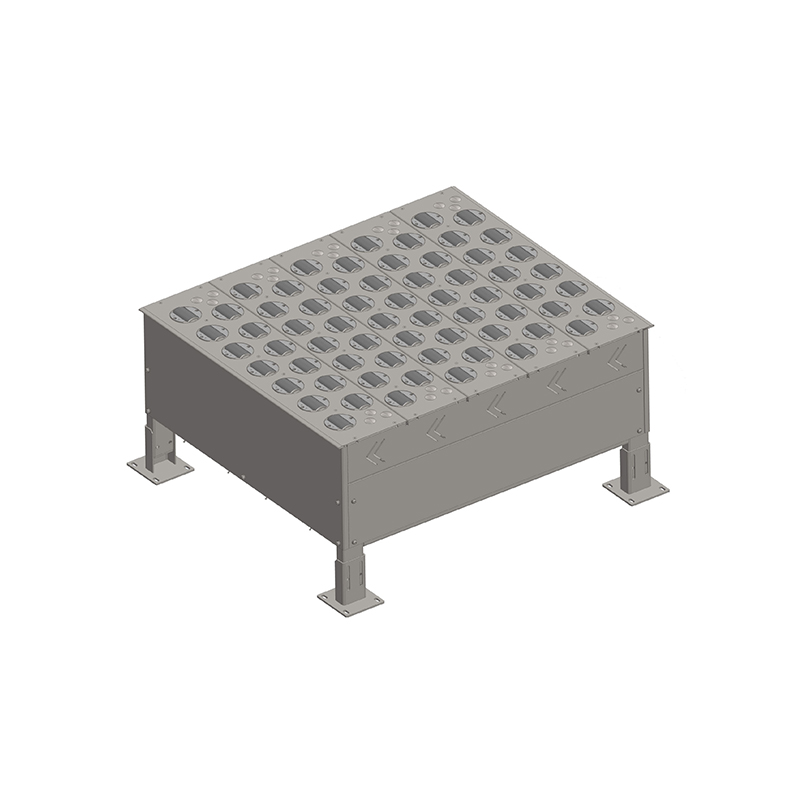How effective is a module strip sorter in a courier sorting center?
Release Time : 2025-11-17
With the rapid development of the e-commerce industry and consumers' ever-increasing demands for logistics speed, courier sorting centers are facing unprecedented operational pressure. Daily processing volumes often reach hundreds of thousands or even millions of packages, placing extremely high demands on the efficiency, accuracy, stability, and scalability of the sorting system. The module strip sorter, with its unique structural advantages and intelligent features, is gradually becoming one of the core pieces of equipment in modern courier sorting centers.
I. Technical Architecture: Modularization + Flexible Drive, Laying the Foundation for High Efficiency
The core of the module strip sorter lies in its design concept that combines "modularization" and "strip drive." The entire machine is composed of multiple standardized functional units, each operating independently yet collaboratively. This structure not only facilitates transportation, installation, and future expansion, but also allows for flexible layout adjustments based on site space—whether it's a straight line, L-shaped, or circular flow, it can be quickly adapted.
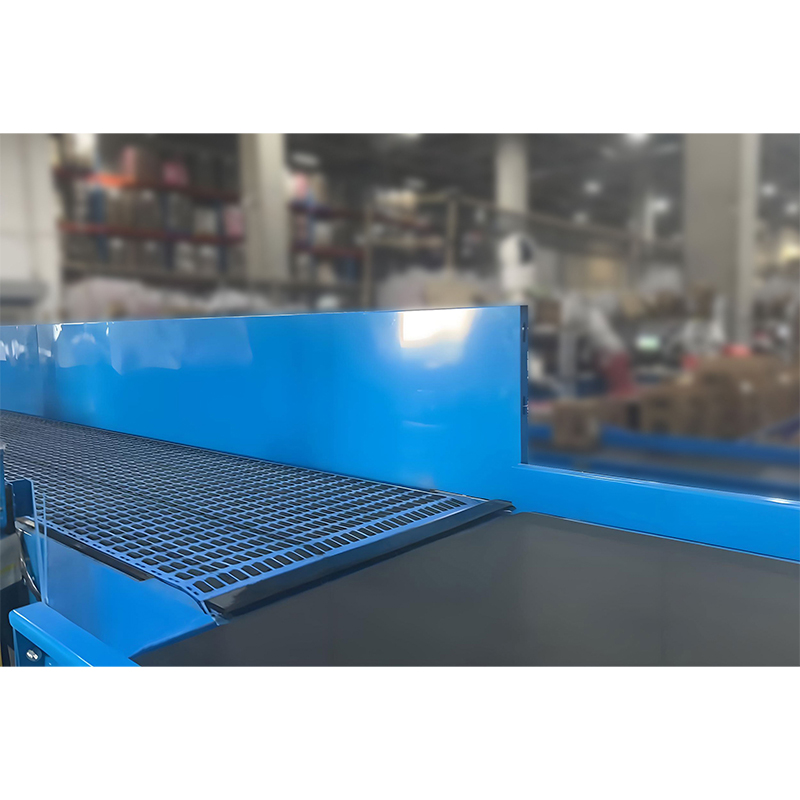
Its sorting mechanism typically employs a high-speed rotating narrow belt or roller strip, achieving lateral deflection of ±30° to ±45° under control system commands, precisely pushing packages to the target chute or conveyor branch line. Combined with a high-precision vision recognition system, the equipment can process 100-200 packages per minute while maintaining a sorting accuracy rate of over 99.5%.
II. Actual Performance in Express Sorting Centers
1. Significantly Increased Processing Capacity to Cope with Peak Business Periods
Traditional manual sorting or semi-automatic equipment is prone to congestion, missorting, and delays during major promotional periods such as "Double 11" and "618". However, the modular strip sorter, with its continuous and high-speed operation capabilities, can operate 24/7. For example, deploying a 60-meter-long modular strip sorting line with 40 sorting ports in a medium-sized express transfer center can achieve a daily processing capacity of over 300,000 packages, with peak throughput efficiency increased by over 300%, significantly alleviating manpower bottlenecks.
2. Precise Sorting, Reducing Missorting and Loss Rates
Courier parcels come in a wide variety of shapes—standard cardboard boxes, soft packaging, irregularly shaped items, and even woven bags with drawstrings. The module strip sorter uses intelligent algorithms to dynamically adjust sorting angles and speeds, combined with a buffer guide design, effectively preventing parcels from jamming, rolling, or falling. Simultaneously, the system verifies destination information in real time. Once an anomaly is identified, it automatically triggers an abnormal parcel diversion mechanism, handing the parcel over to manual review, thus keeping the missorting rate below 0.3%, far superior to the industry average.
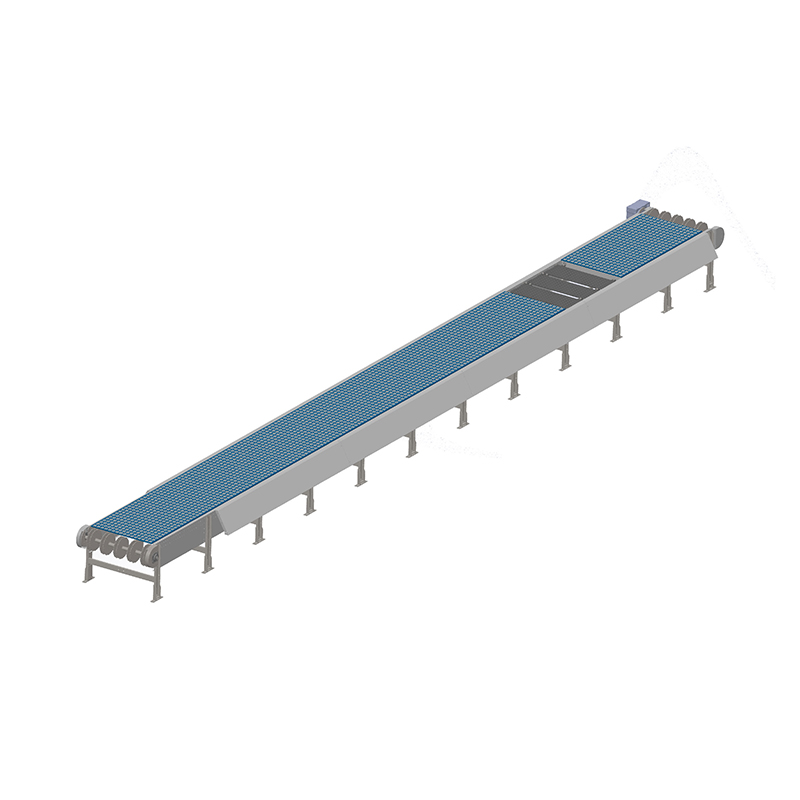
3. Reducing Reliance on Manual Labor, Optimizing Human Resource Structure
Before the introduction of automated equipment, a large sorting center required hundreds of sorters, resulting in high workload, high turnover, and high management costs. After the module strip sorter is implemented, only a small number of operators are needed for loading, anomaly handling, and equipment inspection; the rest is automated. This not only reduces direct sorting manpower by more than 70%, but also frees employees from repetitive manual labor, allowing them to move to higher-value technical or management positions, achieving structural optimization of human resources.
4. Supports Multi-Level Sorting and Routing Coordination
Modern express delivery networks generally adopt a multi-level distribution model of "center-region-last mile." The module strip sorter can be deeply integrated with the upper-level TMS and WMS through the central control system to achieve intelligent planning of package routes. For example, a package shipped from Hangzhou to Urumqi will automatically identify its final route after entering the sorting center and be assigned to the "Northwest Trunk Line" exit; if it needs to transit through Zhengzhou, it will be prioritized for delivery to the corresponding branch line. This dynamic routing capability greatly improves the overall network coordination efficiency.
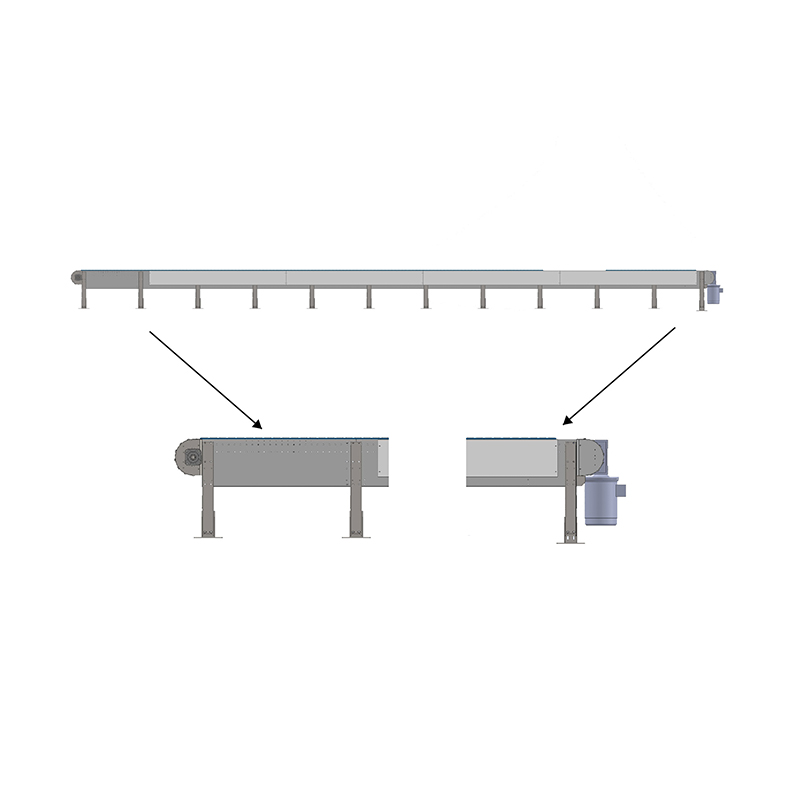
III. Comparative Advantages with Other Sorting Technologies
Compared to cross-belt sorters, sliding block sorters, or wheel sorters, the modular strip sorter demonstrates comprehensive advantages in cost-effectiveness, adaptability, and ease of operation and maintenance:
Fast ROI: Lower unit sorting costs, affordable even for small and medium-sized express delivery companies;
Strong Parcel Compatibility: Handles various parcels ranging from 50g to 30kg, and sizes from envelopes to large items;
Easy Maintenance: Modular design supports hot-swappable replacement of faulty units, minimizing downtime;
Flexible Expansion: Business growth only requires adding modules, without rebuilding the entire line.
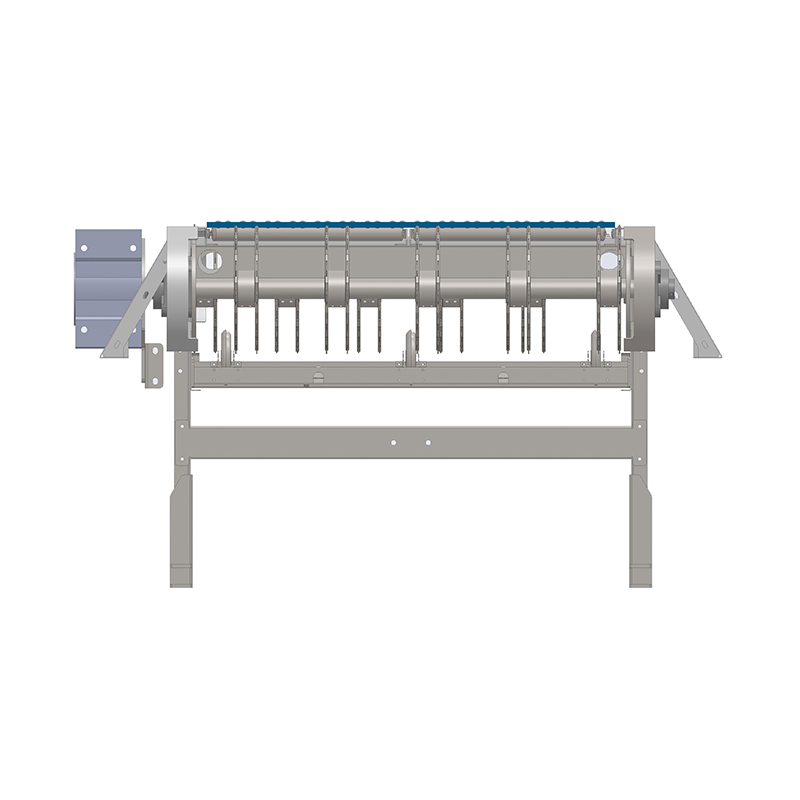
IV. Future Outlook: Intelligent and Green Development in Tandem
With the development of AI, IoT, and digital twin technologies, the modular strip sorter is evolving towards greater intelligence. For example, AI vision can predict parcel posture and adjust sorting parameters in advance; digital twin platforms can be used for virtual debugging and predictive maintenance; and energy management systems can be integrated to enable on-demand start-up and shutdown, reducing carbon emissions. These upgrades will further expand its efficiency boundaries in express delivery sorting centers.
In conclusion, the module strip sorter in express delivery sorting centers is far more than just a "manual replacement" tool; it is a key engine driving the entire logistics system towards efficiency, precision, flexibility, and intelligence. It not only significantly improves daily processing capacity and reduces operating costs, but also provides express delivery companies with stable and reliable service guarantees, building a core competitive advantage in the fierce market competition. It is foreseeable that with continuous technological iteration and the deepening of application scenarios, the module strip sorter will play an even more irreplaceable role in the future smart logistics ecosystem.
I. Technical Architecture: Modularization + Flexible Drive, Laying the Foundation for High Efficiency
The core of the module strip sorter lies in its design concept that combines "modularization" and "strip drive." The entire machine is composed of multiple standardized functional units, each operating independently yet collaboratively. This structure not only facilitates transportation, installation, and future expansion, but also allows for flexible layout adjustments based on site space—whether it's a straight line, L-shaped, or circular flow, it can be quickly adapted.

Its sorting mechanism typically employs a high-speed rotating narrow belt or roller strip, achieving lateral deflection of ±30° to ±45° under control system commands, precisely pushing packages to the target chute or conveyor branch line. Combined with a high-precision vision recognition system, the equipment can process 100-200 packages per minute while maintaining a sorting accuracy rate of over 99.5%.
II. Actual Performance in Express Sorting Centers
1. Significantly Increased Processing Capacity to Cope with Peak Business Periods
Traditional manual sorting or semi-automatic equipment is prone to congestion, missorting, and delays during major promotional periods such as "Double 11" and "618". However, the modular strip sorter, with its continuous and high-speed operation capabilities, can operate 24/7. For example, deploying a 60-meter-long modular strip sorting line with 40 sorting ports in a medium-sized express transfer center can achieve a daily processing capacity of over 300,000 packages, with peak throughput efficiency increased by over 300%, significantly alleviating manpower bottlenecks.
2. Precise Sorting, Reducing Missorting and Loss Rates
Courier parcels come in a wide variety of shapes—standard cardboard boxes, soft packaging, irregularly shaped items, and even woven bags with drawstrings. The module strip sorter uses intelligent algorithms to dynamically adjust sorting angles and speeds, combined with a buffer guide design, effectively preventing parcels from jamming, rolling, or falling. Simultaneously, the system verifies destination information in real time. Once an anomaly is identified, it automatically triggers an abnormal parcel diversion mechanism, handing the parcel over to manual review, thus keeping the missorting rate below 0.3%, far superior to the industry average.

3. Reducing Reliance on Manual Labor, Optimizing Human Resource Structure
Before the introduction of automated equipment, a large sorting center required hundreds of sorters, resulting in high workload, high turnover, and high management costs. After the module strip sorter is implemented, only a small number of operators are needed for loading, anomaly handling, and equipment inspection; the rest is automated. This not only reduces direct sorting manpower by more than 70%, but also frees employees from repetitive manual labor, allowing them to move to higher-value technical or management positions, achieving structural optimization of human resources.
4. Supports Multi-Level Sorting and Routing Coordination
Modern express delivery networks generally adopt a multi-level distribution model of "center-region-last mile." The module strip sorter can be deeply integrated with the upper-level TMS and WMS through the central control system to achieve intelligent planning of package routes. For example, a package shipped from Hangzhou to Urumqi will automatically identify its final route after entering the sorting center and be assigned to the "Northwest Trunk Line" exit; if it needs to transit through Zhengzhou, it will be prioritized for delivery to the corresponding branch line. This dynamic routing capability greatly improves the overall network coordination efficiency.

III. Comparative Advantages with Other Sorting Technologies
Compared to cross-belt sorters, sliding block sorters, or wheel sorters, the modular strip sorter demonstrates comprehensive advantages in cost-effectiveness, adaptability, and ease of operation and maintenance:
Fast ROI: Lower unit sorting costs, affordable even for small and medium-sized express delivery companies;
Strong Parcel Compatibility: Handles various parcels ranging from 50g to 30kg, and sizes from envelopes to large items;
Easy Maintenance: Modular design supports hot-swappable replacement of faulty units, minimizing downtime;
Flexible Expansion: Business growth only requires adding modules, without rebuilding the entire line.

IV. Future Outlook: Intelligent and Green Development in Tandem
With the development of AI, IoT, and digital twin technologies, the modular strip sorter is evolving towards greater intelligence. For example, AI vision can predict parcel posture and adjust sorting parameters in advance; digital twin platforms can be used for virtual debugging and predictive maintenance; and energy management systems can be integrated to enable on-demand start-up and shutdown, reducing carbon emissions. These upgrades will further expand its efficiency boundaries in express delivery sorting centers.
In conclusion, the module strip sorter in express delivery sorting centers is far more than just a "manual replacement" tool; it is a key engine driving the entire logistics system towards efficiency, precision, flexibility, and intelligence. It not only significantly improves daily processing capacity and reduces operating costs, but also provides express delivery companies with stable and reliable service guarantees, building a core competitive advantage in the fierce market competition. It is foreseeable that with continuous technological iteration and the deepening of application scenarios, the module strip sorter will play an even more irreplaceable role in the future smart logistics ecosystem.


